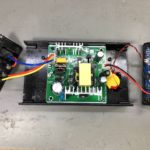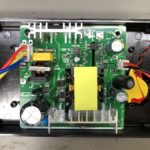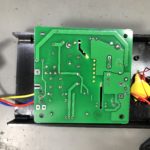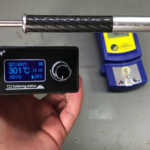The world of energy measurement and analysis just got an exciting upgrade with the launch of the new Joulescope JS220. This cutting-edge instrument promises to revolutionize the way we monitor and optimize power consumption in modern electronics, particularly in the realm of IoT and low-power devices.
Developed by the brilliant mind of Matt Liberty, the creator of the original Joulescope, the JS220 builds upon the success of its predecessor while offering improved specifications and enhanced capabilities. Despite the global challenges, Liberty has managed to maintain the same affordable price point, making the Joulescope an even more compelling choice for engineers, researchers, and hobbyists alike.
The Joulescope JS220 boasts an impressive array of features, including the ability to measure current, voltage, power, energy, and charge with unparalleled accuracy and reliability. Its autoranging shunt ammeter supports an exceptional dynamic range, ensuring precise measurements across a wide spectrum of power consumption levels.
One of the standout features of the JS220 is its improved ADC performance, with an increase in effective bits and bandwidth, enabling more detailed and accurate data capture. Additionally, the instrument now offers more general-purpose inputs, a new trigger in/out function, and a software-controlled fuse, enhancing its versatility and ease of use. But the improvements don’t stop there.
The JS220 also boasts an extended dynamic range, with a measurement range of ±3A sustained and ±10A pulse, as well as improved resolution down to 0.5nA. The voltage measurement range has also been expanded to ±15V, providing even greater flexibility in analyzing diverse electronic systems.
Perhaps one of the most exciting aspects of the Joulescope JS220 is its open-source drivers, which enable users to automate test measurement setups using their preferred software, streamlining the process and maximizing efficiency.







